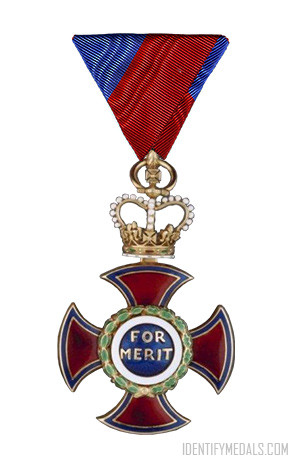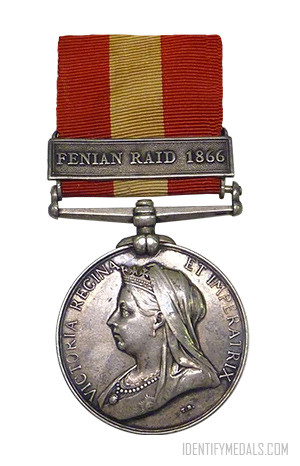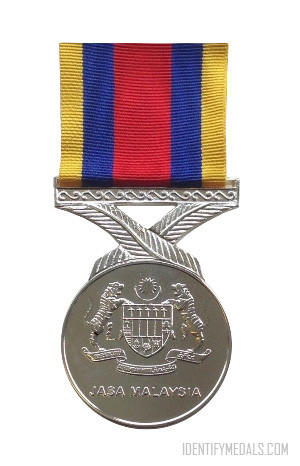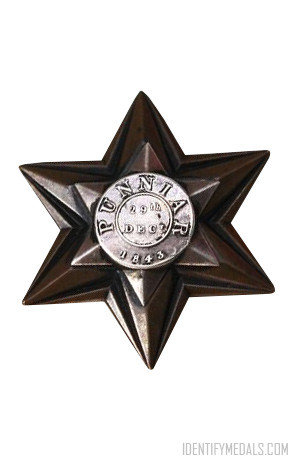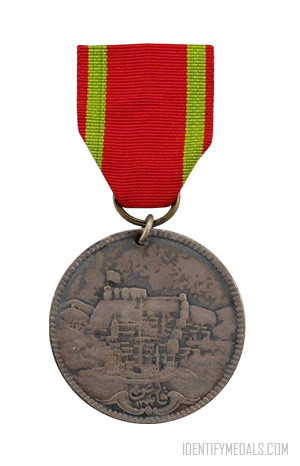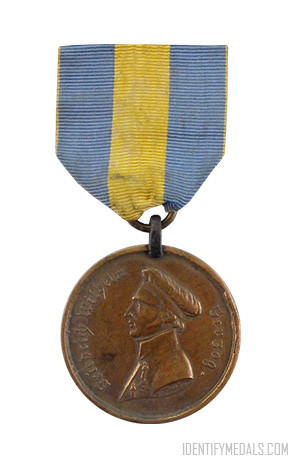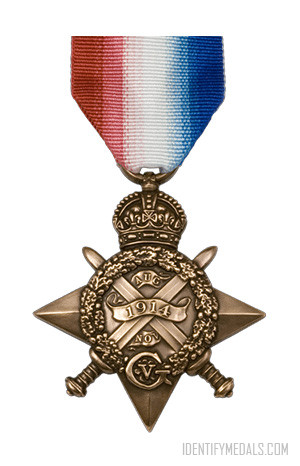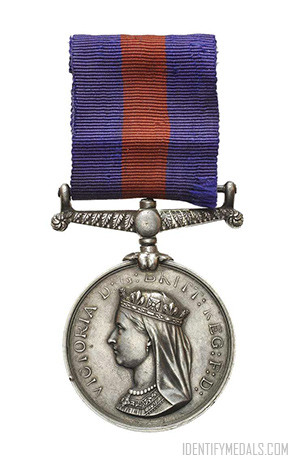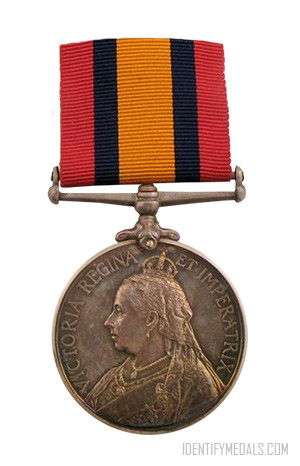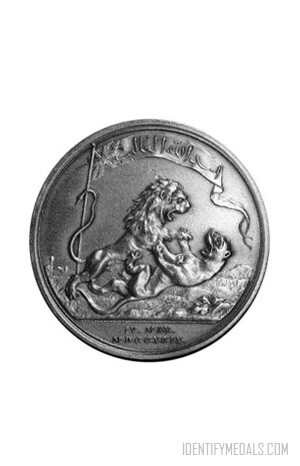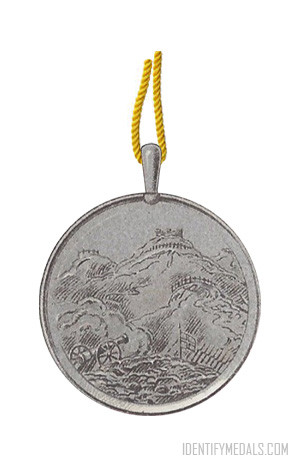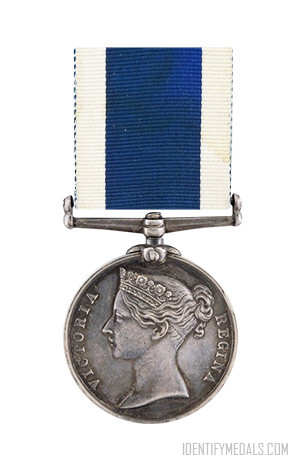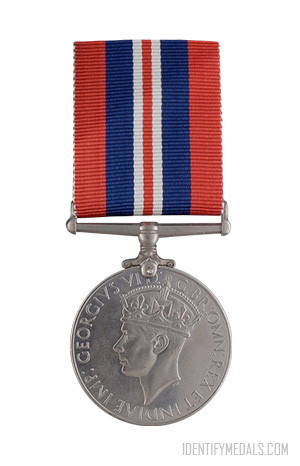- Time Period: Pre-WW1
- Year of Institution: 26 June 1902
- Country: Great Britain
The Order of Merit (or Ordre du Mérite in French) is an order of merit that recognizes distinguished service in the armed forces, science, art, literature, or for the promotion of culture.
The Order was established in 1902 by King Edward VII and is restricted to a maximum of 24 living recipients from the Commonwealth realms, plus a limited number of honorary members.
The first mention of a possible Order of Merit was made following the Battle of Trafalgar, in correspondence between First Lord of the Admiralty Lord Barham and William Pitt, though nothing else came of the idea. Queen Victoria, her courtiers, and politicians also considered it, as well as her husband Albert, Prince Consort.
Victoria’s son, King Edward VII, eventually founded the Order of Merit on 26 June 1902 as a means to acknowledge “exceptionally meritorious service in Our Navy and Our Army, or who may have rendered exceptionally meritorious service towards the advancement of Art, Literature and Science.”
The Order of Merit’s precedence among other honors differs between countries. From its inception, the order has been open to women, Florence Nightingale being the first woman to receive the honor in 1907. Since 1991, it has been required that the insignia be returned upon the recipient’s death.
The Order of Merit Medal Design
The Order of Merit badge consists of a golden crown suspended from a red enameled cross, which is centered by a disk of blue enamel surrounded by a laurel wreath and bearing in gold lettering the words FOR MERIT.
The insignia for the military grouping is distinguished by a pair of crossed swords behind the central disk. The ribbon is divided into two stripes of red and blue.
Men wear their badges on a neck ribbon, while women carry theirs on a ribbon bow pinned to the left shoulder, and aides-de-camp may wear the insignia on their aiguillettes.

